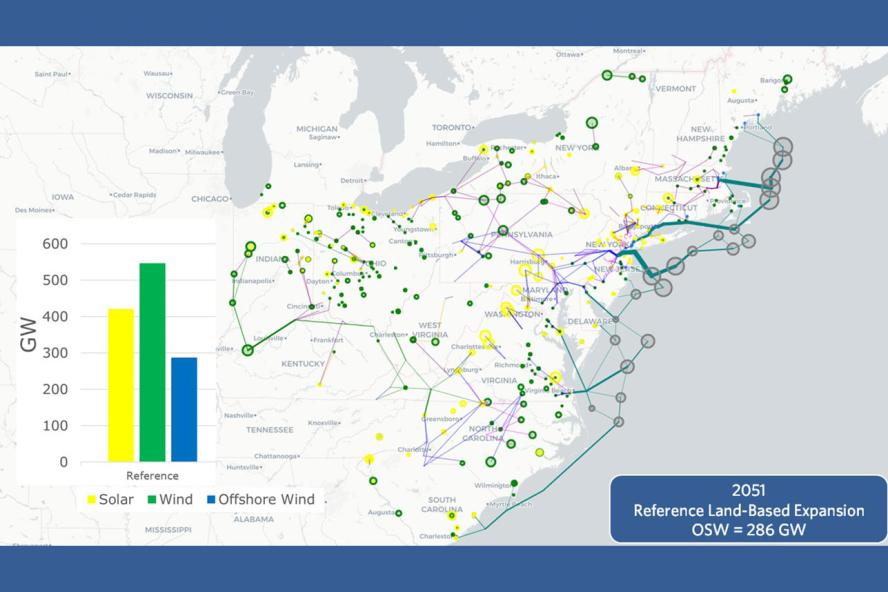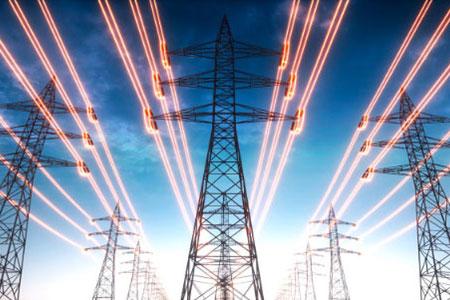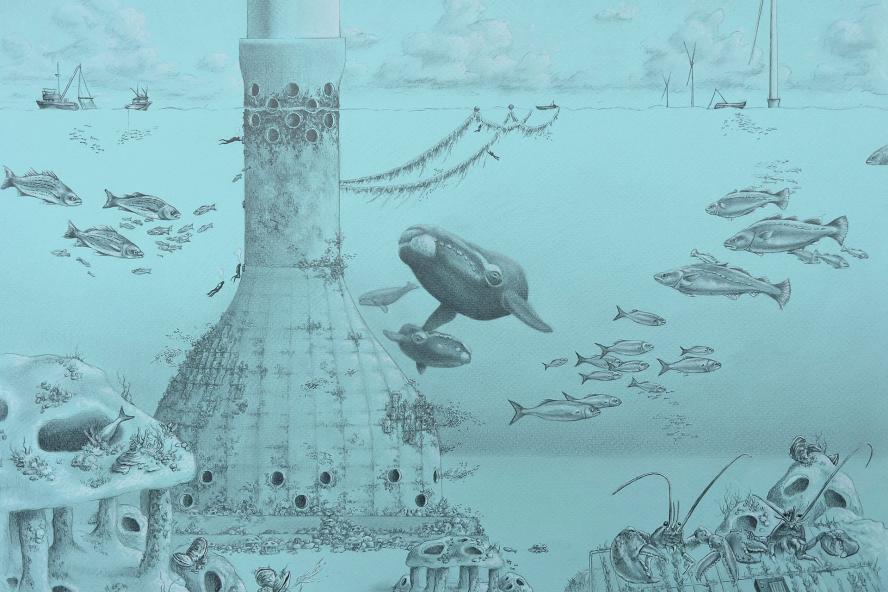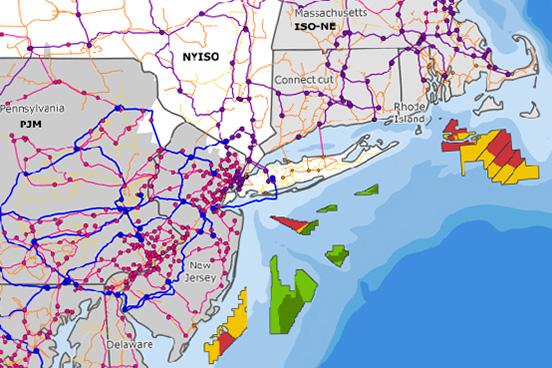We created our OffShore Power Research and Education (OSPRE) report series to support decision-makers with high-quality, timely, transdisciplinary research and analysis relevant to current conversations in the offshore wind industry.

Offshore Wind Transmission Expansion Planning for the U.S. Atlantic Coast
OSPRE-2025-01
Offshore wind (OSW) transmission planning results on the U.S. Atlantic Coast identify necessary offshore and onshore transmission investments to accommodate OSW capacity levels ranging from 0 to 600 gigawatts (GW). As onshore resources such as wind and solar become more constrained, larger OSW build-outs become necessary to balance the system. At 250 GW of OSW, prevailing power flows to coastal load centers are found to experience a large-scale reversal from western onshore resources to eastern offshore resources, resulting in a case that minimizes the need for onshore transmission expansions.

Rapporteur's Report to the June 2023 Transmission Workshop
OSPRE-2023-12
This report reflects the discussion held in the June 2023 Transmission Workshop. The report includes a short introduction of the main themes of the workshop. Transcripts from each session are also included. The workshop focused on challenges at the technology / policy interface of offshore wind transmission in the United States. Main themes discussed included POI selection, siting, interconnection, the macrogrid, preparing for the future, and the role of the federal government.

Low-Carbon, Nature-Inclusive Concrete Gravity-Based Foundations for Offshore Wind Turbines
OSPRE-2022-02
One of the strongest drivers behind offshore wind (OW) development in the U.S. is the desire to create high-quality U.S. jobs that can support a diverse and inclusive workforce; this is needed to achieve a just and equitable energy transition. Within the offshore wind supply chain that the U.S. hopes to build on its path to 30 GW by 2030, Low-Carbon, Bio-Enhancing Concrete Gravity-Based Foundations (GBFs) for Offshore Wind Turbines (OWTs) have the potential to produce thousands of high-quality U.S. jobs.

U.S. Offshore Wind Prices (2018-2021)
OSPRE-2022-01
With the development of offshore wind (OSW) projects along the East Coast, each project will have a unique cost that its developer will aim to recover by negotiating an energy price, expressed in dollars per megawatt hour ($/MWh) for each year of the project’s commercial operation. This price will be borne by ratepayers and is of primary interest to state decision makers evaluating the costs and benefits of competing projects.

Wind Turbine Installation Vessels: Global Supply Chain Impacts on the U.S. Offshore Wind Market
OSPRE-2021-02
In 2020, our team had the privilege of advising the U.S. Government Accountability Office (GAO) on their December 2020 Report to Congressional Committees entitled "Offshore Wind Energy: Planned Projects May Lead to Construction of New Vessels in the U.S., but Industry Has Made Few Decisions amid Uncertainties." During these efforts, it became clear to us that the global Wind Turbine Installation Vessel (WTIV) fleet is inadequate to meet the future needs of the U.S. offshore wind market.

Offshore Wind Transmission and Grid Interconnection across U.S. Northeast Markets
OSPRE-2021-01
This report introduces the staggering growth in the U.S. offshore wind industry to date and maps this growth onto the capacity of existing land-based transmission grids on the U.S. Atlantic Coast. Focusing specifically on available coastal points of interconnection (POIs), the report demonstrates that the U.S. offshore wind industry will quickly encounter limits to build-out capacity if interregional efforts to coordinate land-based transmission upgrades and maximize POI effectiveness are not engaged immediately.
